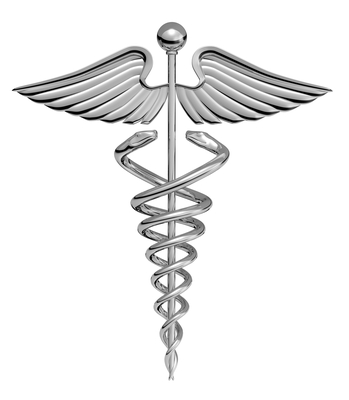Medicare is a health insurance program to help certain populations better afford the cost of healthcare. Any American citizen older than 65 is automatically eligible for coverage. People with End-Stage Renal Disease (ESRD) and some disabilities are also able to enroll in Medicare services. To fully understand how the program works, it’s important to understand each of its many different parts.
Medicare Part A
Part A cover hospital visits and related follow-up care. This includes hospital care, rehabilitation or nursing care facilities and some home health care visits. It also covers hospice services. Part A premiums are often free. As long as a recipient has worked and paid taxes for at least 10 years, that patient will receive Part A coverage without having to pay an extra fee. However, Part A does not cover the full cost of services. Deductibles must be met, and patients become responsible for part of the cost of their care if hospital visits extend past 60 days. There are other regulations for Part A coverage as well, including lifetime limits on coverage. Patients can supplement Part A with private insurance to cover extended hospital stays.
Part B
Part B is what most people think of when they hear the term “insurance.” This portion of Medicare covers a patient’s medical expenses outside of a hospital. Visits to the doctor, laboratory tests, health screenings and some diabetic care products are subsidized by Part B. Patients typically have to pay 20 percent of their costs while Part B picks up the remaining 80 percent. Some tests are fully covered. Patients must pay an income-based premium for Part B, but low-income patients can get government assistance to cover their premium costs.
Medicare Part C
Part C is a hybrid between the original government model and a private sector, free choice model. Plan C participants pay a monthly premium and receive all the benefits of Medicare Parts A and B. Part C plans also offer extra benefits like dental coverage, eye care or hearing aids. Part C options are administered by many different companies, each with different premiums, deductibles, and benefits. Participants must weigh the extra costs of Plan C options with the added benefits, including the convenience of one consolidated health insurance plan.
Part D and the Medicare Doughnut Hole
Medicare recipients can choose to add prescription drug coverage to their plan. This is called Part D, and it’s often been criticized for creating a “doughnut hole.” Recipients pay a low price for medication and their Part D premium until they reach a certain threshold of costs. After this limit, recipients enter the doughnut hole and pay a large percentage of the cost of their medications. Once they’ve crossed a second, higher threshold, they go back to paying a small percentage of the overall costs. This punishes patients with a medium level of costs. Some patients choose to purchase additional insurance to mitigate the effects of the doughnut hole. According to the American Association of Retired Persons (AARP), the doughnut hole will disappear by 2020.
As a federal program, Medicare is constantly changing. Recipients should keep informed about their benefits and premiums under the Medicare system.
